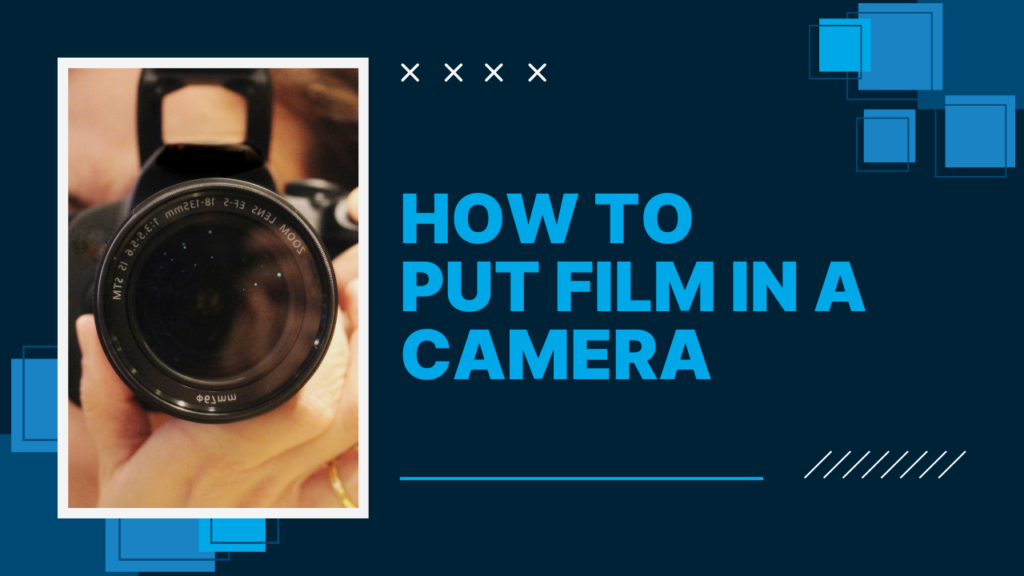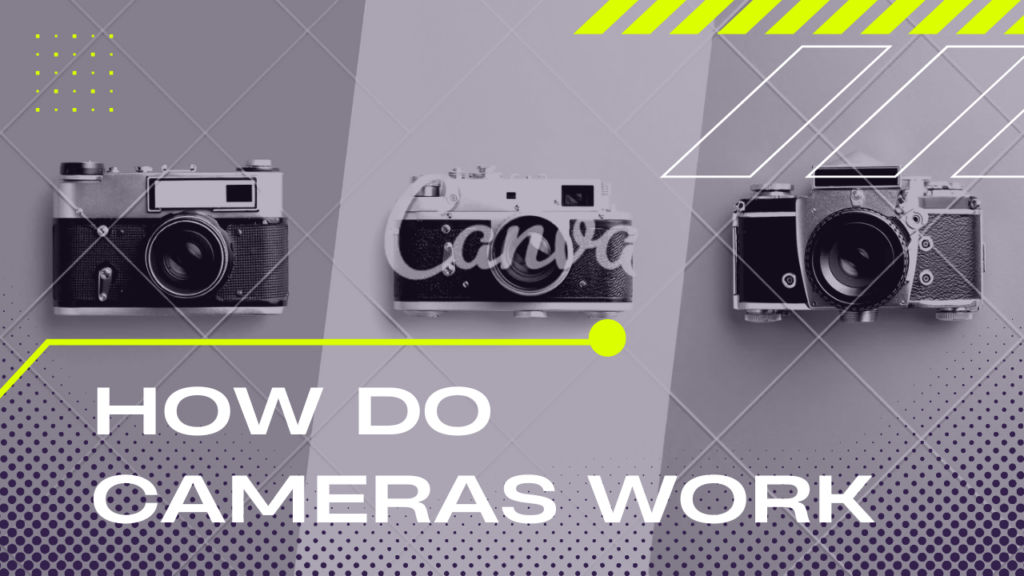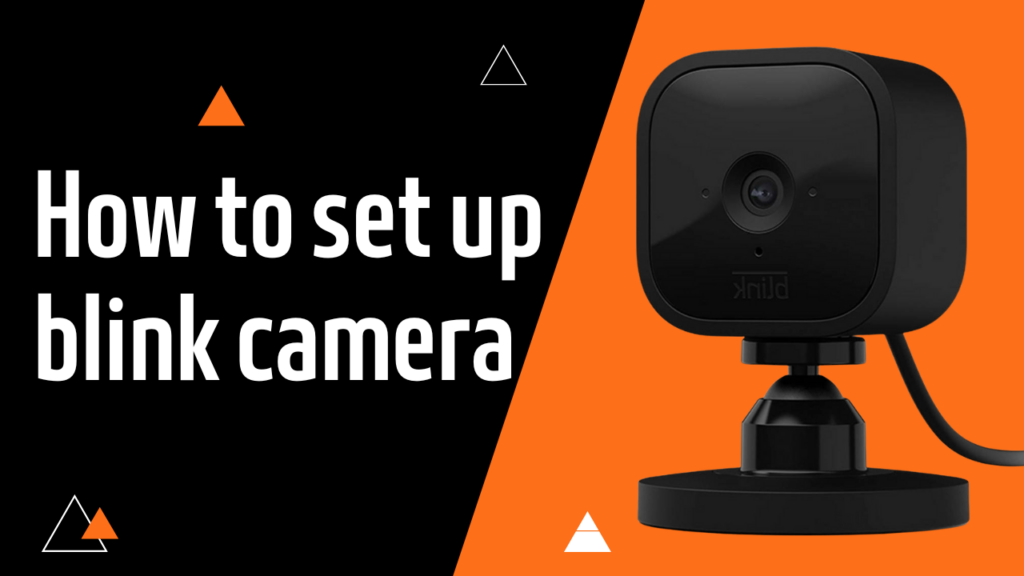In the age of digital photography, film cameras still hold a unique charm. The process of loading a film roll into a camera is an essential skill for any film photography enthusiast. If you’re new to film cameras, don’t worry! This guide will walk you through the steps in a simple and easy-to-follow way.
Why Use a Film Camera?
Before diving into the process, let’s quickly talk about why film photography is still loved by many. Film cameras capture images with a distinct, nostalgic feel that digital cameras often struggle to replicate. Many photographers enjoy the process of shooting film because it requires patience and skill, making each photo more intentional and meaningful.
What You Need
To get started, you’ll need:
- A film camera
- A roll of film (make sure it matches your camera type, such as 35mm film for most classic cameras)
- A clean and dry place to load the film
- Optional: A pair of gloves (to avoid fingerprints on the film)
Step 1: Choose the Right Film
Before you load your camera, make sure you have the right type of film. There are different kinds of film, such as color film, black and white film, and slide film. Each type has its own characteristics, so choose one that suits your photography style.
Step 2: Prepare Your Camera
Find a clean and dry area to load your film. Make sure your hands are clean to avoid smudging the film. If your camera has a battery, check that it’s working, as some film cameras rely on batteries for certain functions like the light meter or automatic winding.
Step 3: Open the Camera’s Back
Most film cameras have a latch or a button that allows you to open the back. Gently pull up the rewind knob (usually found on the left side of the camera) to release the back cover. Be careful not to force it open.
Step 4: Insert the Film Roll
Take your film roll and place it into the film chamber on the left side of the camera. Make sure the film spool fits snugly. Once inserted, push the rewind knob back down to secure the roll.
Step 5: Pull the Film Leader
Gently pull the film leader (the thin strip at the beginning of the roll) across the camera to the right side, where you will insert it into the take-up spool. Be sure to pull enough film to reach the spool, but not too much, as this can waste film.
Step 6: Secure the Film
Insert the film leader into the take-up spool’s slot. Some cameras require you to manually wind the film onto the spool, while others have an automatic loading system. Slowly advance the film using the film advance lever or button to make sure it catches properly.
Step 7: Close the Camera’s Back
Once the film is secured, gently close the back of the camera. Make sure it clicks shut properly to avoid light leaks, which can damage the film.
Step 8: Advance the Film and Set the ISO
After closing the back, advance the film a couple of times using the advance lever or automatic winding system. You should see the film counter move to the first frame. If your camera has a manual ISO setting, adjust it to match the film speed (ISO rating) printed on your film roll. This ensures the correct exposure for your shots.
Step 9: Check If the Film Is Loaded Properly
To confirm that your film is loaded correctly, gently turn the rewind knob in the opposite direction while advancing the film. If you feel resistance, it means the film is moving properly inside the camera. If it moves too freely, the film might not be loaded correctly, and you should repeat the steps.
Step 10: Start Shooting!
Now that your film is properly loaded, you’re ready to start taking pictures! Film cameras usually have a limited number of exposures (typically 24 or 36), so make each shot count.
Bonus Tips for Handling Film
- Keep unused film rolls in a cool, dry place to prevent damage.
- Avoid opening the camera back once the film is loaded, as this can expose and ruin the film.
- When you finish a roll, rewind the film back into its canister before opening the camera.
- Develop your film as soon as possible to avoid image degradation.
Conclusion
Learning how to put film in a camera is an exciting first step into the world of film photography. It might seem tricky at first, but with a little practice, it becomes second nature. Film photography teaches patience, creativity, and the joy of capturing moments in a truly special way. So grab your film camera, load up a roll, and start shooting memories that will last a lifetime!



